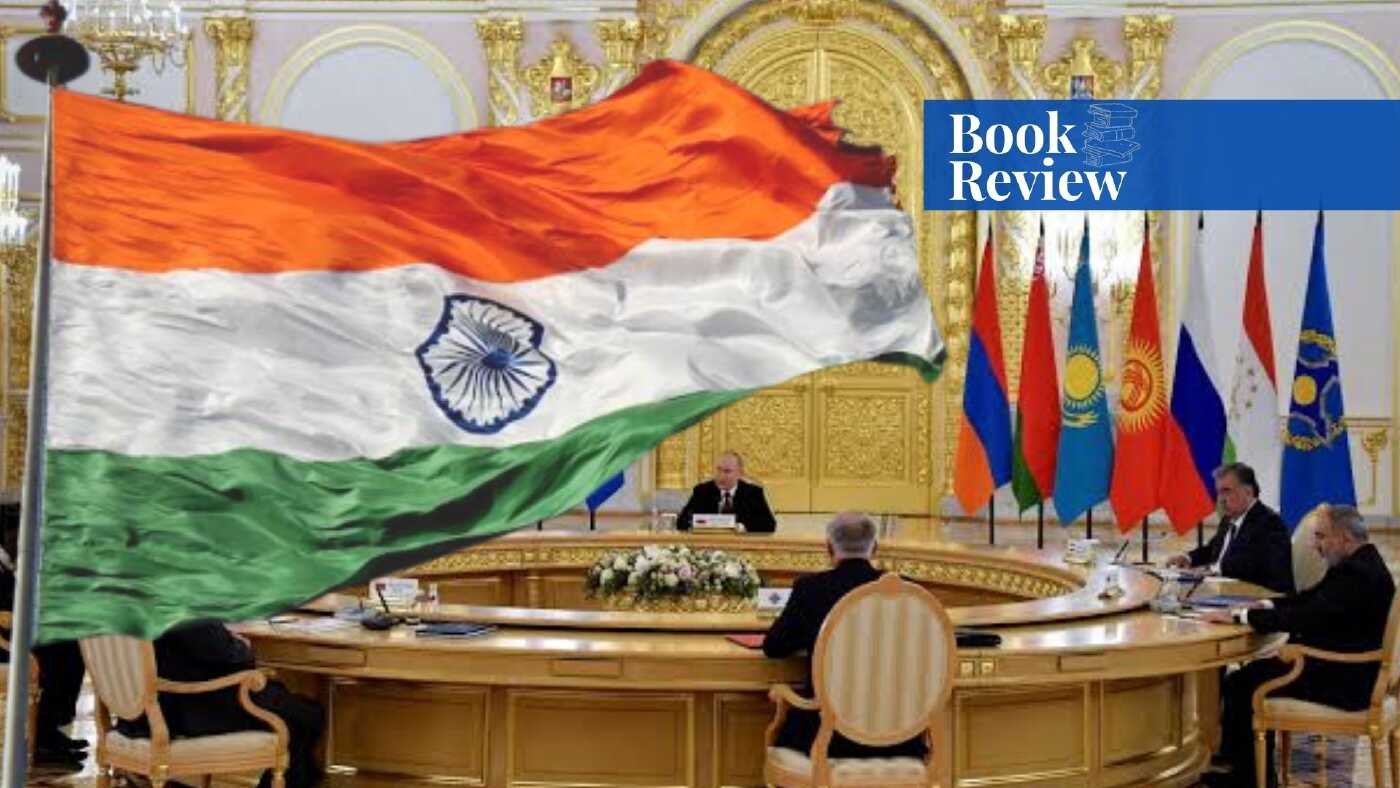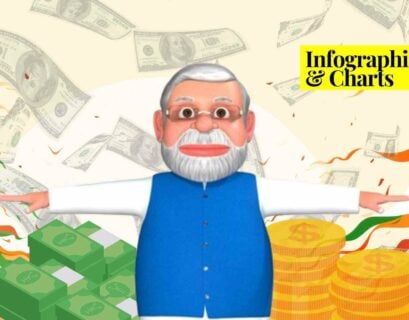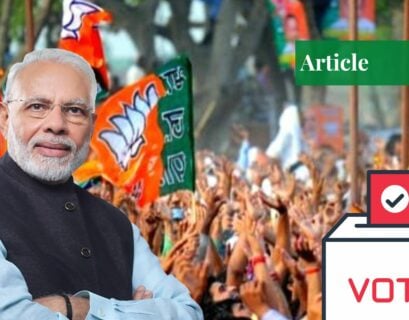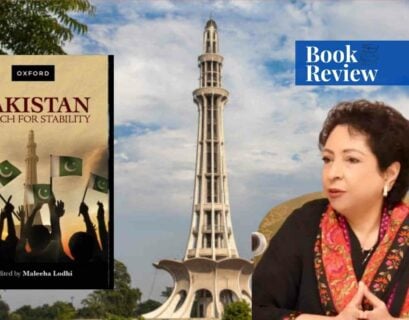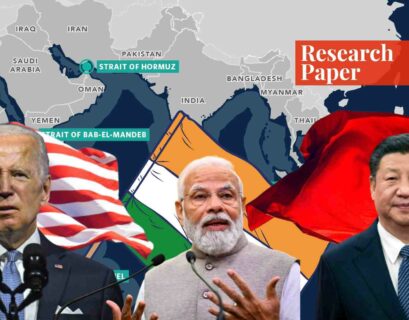Introduction
Phunchok Stobdan, the author of India and Central Asia: The Strategic Dimension, is a diplomat and a former Indian servant considered an expert in Indian Foreign Policy. He has been the Indian ambassador to Kyrgyzstan and he is a founding president of the Laddakh International Center. He has discussed every aspect that can link Central Asia with India. He discussed different domestic issues that muddled the whole region and with which, South Asia couldn’t work properly. India had friendly relations with the Soviet Union till the Cold War and used links with Central Asia for cooperation.
Central Asia is the northern front of the Islamic world that has not yet been affected by the liberal flux. Along with a far-reaching change in the religious style of society, Central Asia got attention for its Indian presence. The book is not a scholarly endeavor but merely a narrative about Central Asia’s internal politics and linkages with India throughout history and in the contemporary era.
This book covers important aspects of India’s strategic presence in this region. India is looking for different opportunities and capabilities for building strong relations with the Central Asian states so it can maintain influence in this region. With membership in SCO, India has a lot of options but the strategic policies of New Delhi are still unclear.
Historical Ties
As a diplomat and former Indian ambassador to Kyrgyzstan, Professor P. Stobdan provides a timely overview of New Delhi’s foreign policy on Central Asia and highlights 2,500 years of engagement in India’s political history and links with Central Asia. For most of its history, the subcontinent strategists connect India and Central Asia through the journey of Mughal invaders, Greeks, and Turks which threatened and disturbed the Indians’ history.
This region became a central point for India when the British were involved in the war against imperial Russia. Central Asia always remained an attractive point because the Muslims of the subcontinent and the Muslims of Central Asia had a special connection regarding their religion. India, after its independence, started to work with Soviet Russia. Since Indira Gandhi’s visit to the region in 1950, more than thousands of Russian children have been named Indira.
The Indo-Soviet relations were maintained with the development of science, technology, education, and culture. With the rise of Bollywood in the 1960s and 1970s, cultural cooperation was promoted as an alternative to western culture. In 2017, the former chief minister of Jammu and Kashmir, Mehbuba Mufti, proposed to connect Central Asia via Kashmir by using an old route to promote deeper cooperation and prosperity.
The areas being considered for this are currently controlled by Pakistan, and the Wuhan corridor is very next to these areas. After the partition of the subcontinent, India’s traditional linkages with Central Asia shattered.
Great Power Politics
Today, the region’s geopolitics revolves between the United States, China, Russia, and the European Union. Yet, the Central Asian Republics continue to play a significant role in their own right. Central Asia also faced other forms of instability that jeopardized both its political stability and its territorial integrity. Terrorism and extremism remained present throughout the region with help of various groups based in Afghanistan and Pakistan.
Professor Stobdan says that the result of the animosity between major powers is the joint effort of China and Russia to eliminate American and European Union influence from this region. As per Phunchok Stobdan, the US has a strategy to unite Central and South Asia under the umbrella of India.
The center of modern Indian diplomacy depends on the support of the governments of the Central Asian republics. Efforts of these governments against terrorism and radical Islam connects these republics with India because the involvement of groups based in Afghanistan and India’s rival, Pakistan, gives an edge to maintain closer relations with India.
Indo-Central Asian Cooperation
Phunchok Stobdan states that India needs to emphasize that there can be no place in Central Asia without investment, so Indian businessmen and industrialists must develop relations for market investment. A technical cooperation program has also been started and these states are very much serious to be a part of this cooperation. India’s main motive in Central Asia is to boost its economy and the Central Asian states have decided to pursue a value-added policy in their areas.
India had a long emotional connection with Central Asia, deeply rooted in history. In fact, threats to India always came from its geographic north-western borders, mostly foreign Invasions that challenged the evolution of Indian history of politics. Today, the threat is embodied by terrorism coming from the same geographical space. India’s position in this region is weekend due to the creation of Pakistan about 73 years ago.
The philosophy behind India joining SCO is to have a presence in Central Asia where it can counter all of its enemies like Pakistan and the religious extremism groups. There are different fields available for India in Central Asia but energy, connectivity, defense, security, economic trade, etc., are the most valuable. Interests of Russia and China in Central Asia are another threat to India. Russia is trying to counter the West by engaging Central Asia under its influence and China is trying to expand its roots through Central Asia under BRI (Belt and Road Initiative).
There are so many other challenges for Central Asia as well as for India like extremism and terrorism in Afghanistan and Pakistan and the increasing terrorism in the Chinese province of Xinjiang. Central Asia can be helpful for gas projects in India in the future; however, nowadays, it is problematic but India is still repeatedly approaching Central Asia.
Turkmenistan is offering oil to Iran from the Caspian Sea and is expecting Iran to supply oil to India in the south. A joint working group on energy issues has been set up with Turkmenistan. In July 2000, Iran and India asked Russia’s state-owned gas company to draw up another plan for the project of natural gas from Iran to India.
Why Central Asia?
Central Asia is a new geopolitical creation that can play a major role in the years to come. Historically, it has been a religious hub of three major civilizations—Islam, Christianity, and Buddhism. It can also be a center of Islamic unity. Central Asia is very rich in minerals, especially gas, gold, hydrocarbons, etc.
India, as a stakeholder in Central Asia, has major geostrategic and economic interests in the region, while stability is the most important factor for India’s security. The world’s major powers are already facing a threat imposed by religious extremism and terrorism, especially in Central and South Asia. The issue of terrorism is being addressed not only at the bilateral level but also at various regional forums such as the Shanghai Cooperation Organization. Under SCO, the Central Asian Republics agree to fight jointly against international and regional terrorism, extremism, and separatism.
According to Phunchok Stobdan, many factors in Central Asia are restricting the process of the initial strategic and economic connections with India, including the lack of scholars who understand Central Asia. It is very much important for India to ensure that the region should not enter into any kind of disturbance against India.
India must look at any strategic situation that Pakistan can acquire in the region. Economic diplomacy towards CARs can be a game-changing policy to involve Central Asia with India for fruitful results. But India should work with Russia as well as Pakistan if it wants to become a strong stakeholder in this region.
Conclusion
In short, this book is very much effective in understanding the bond between India and Central Asia. Phunchok Stobdan has discussed every aspect that can give fruitful results to India in the future but he has missed the importance of Pakistan and China in this region. This book indicates strategic and security level issues by providing solutions.
If you want to submit your articles and/or research papers, please check the Submissions page.
The views and opinions expressed in this article/paper are the author’s own and do not necessarily reflect the editorial position of Paradigm Shift.
